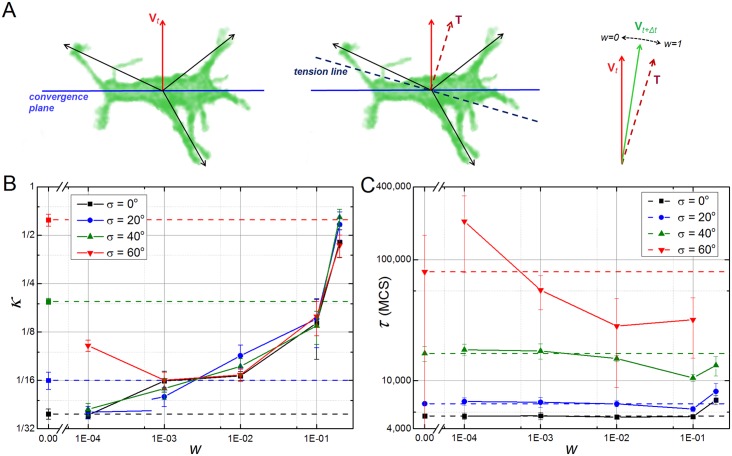Fig 8. Mechanical feedback rescues CE on tissues with polarization misalignment.
(A) Schematic view of the mechanical feedback model: every cell has a polarization vector Vt (red solid arrow) that defines an orthogonal convergence plane (blue solid line); at time t the cell pulls and it is pulled by it neighbors; this set of pulling forces (black arrows) defines a tension line along the cell (dashed dark blue line) which in turn defines an orthogonal vector T; at time t+Δt a new polarization vector Vt+Δt is set by the weighted average of T and Vt, where w is the feedback factor with w = 0 corresponding to the case with no feedback and w = 1 corresponding to no memory of previous orientations. (B) Dependency of parameter κ with the feedback weighting factor w in tissues with different levels of tissue misalignment. Horizontal dashed lines indicate results with no feedback (w = 0). High feedback worsens final elongation for tissues with low polarization misalignment (w ≥ 0.001 for σ = 0° and w ≥ 0.01 for σ = 20°), but in general rescues and even leads to higher elongation ratios with weaker feedback levels. (C) Dependency of parameter τ with the feedback weighting factor w in tissues with different levels of tissue misalignment. Horizontal dashed lines indicate results with no feedback (w = 0).

